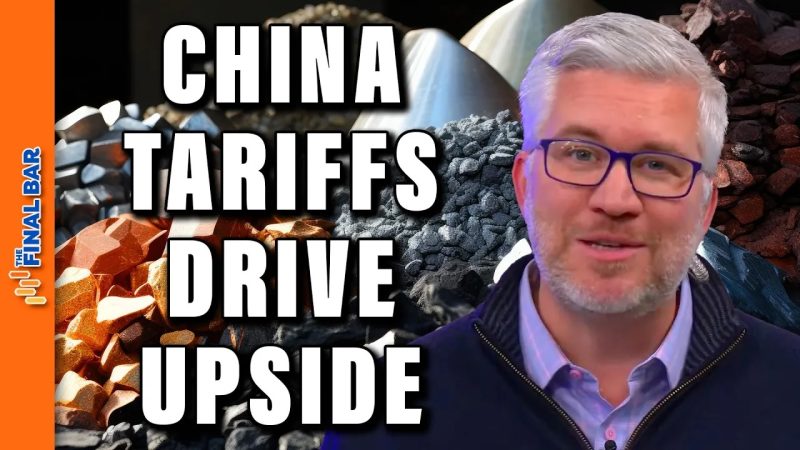Rare earth minerals continue to make waves within the global market, with recent developments pointing to conflicts in trade policies between major powers. In particular, the ongoing tariff disputes between the United States and China have sparked concerns about the supply and demand dynamics of rare earth minerals. These elements, while not necessarily rare in terms of abundance, are highly concentrated in certain geographies, with China holding a dominant position in their production.
China’s imposition of tariffs on rare earth minerals is an attempt to gain a stronger foothold in the negotiations with the U.S. and exert its influence on the global market. This move has raised apprehensions among other nations that rely heavily on these minerals for various industries, including technology, defense, and renewable energy. The fear of a potential shortage or disruption in the supply chain has prompted countries to rethink their strategies and seek alternative sources for these critical resources.
Despite the challenges posed by the tariffs, there is also an upside for rare earth minerals in this scenario. The increased focus on diversification of supply chains and reducing dependence on a single source could drive innovation and exploration in the mining sector. Countries outside of China may ramp up their efforts to develop their mining capabilities and exploit their own reserves of rare earth minerals. This could lead to a more balanced distribution of production and reduce the risks associated with geopolitical tensions impacting the supply chain.
Furthermore, the tariffs could also spur investments in recycling technologies for rare earth minerals, as companies look for sustainable ways to meet their demands without solely relying on fresh mining operations. Recycling these minerals from electronic waste and other sources not only reduces the environmental impact of mining but also decreases the pressure on existing resources.
In conclusion, while the tariffs imposed by China on rare earth minerals may initially create uncertainties in the global market, they also present opportunities for diversification, innovation, and sustainability in the mining industry. By encouraging a shift towards alternative sources and recycling practices, these challenges could ultimately pave the way for a more resilient and efficient supply chain for rare earth minerals.


